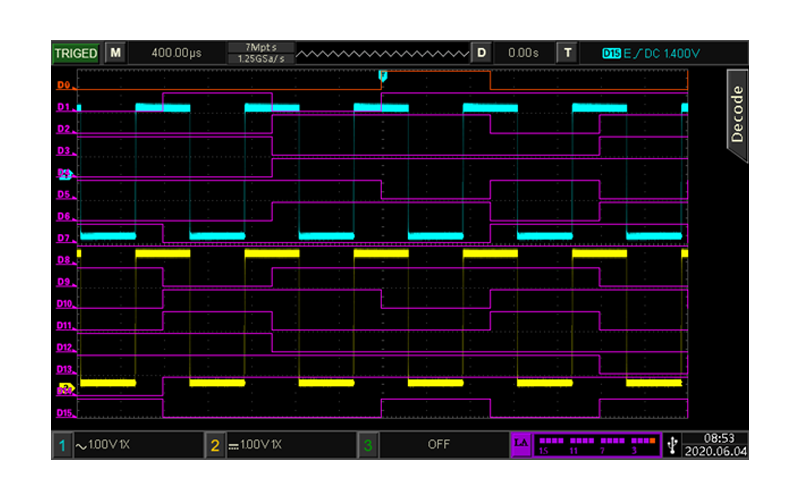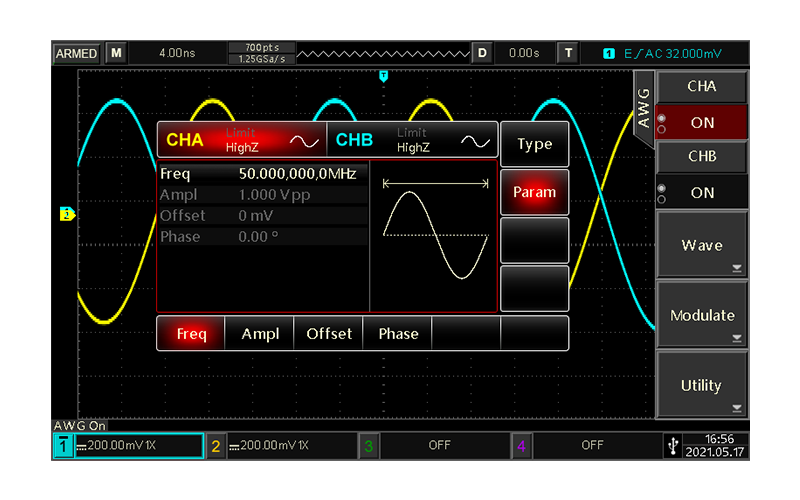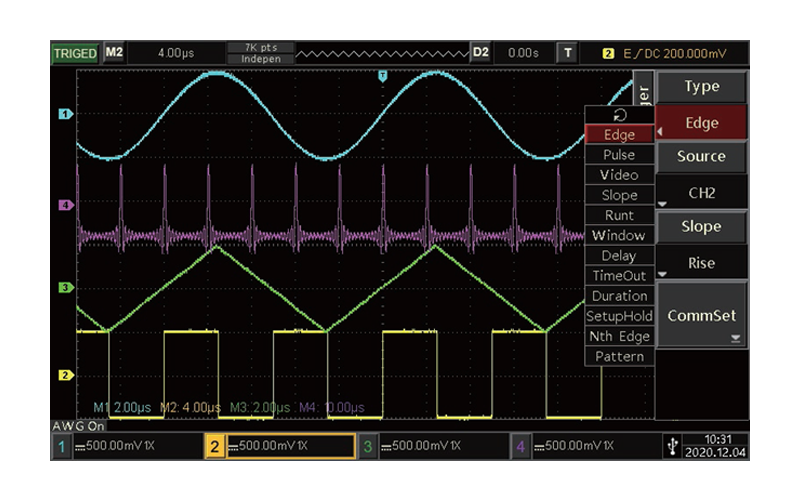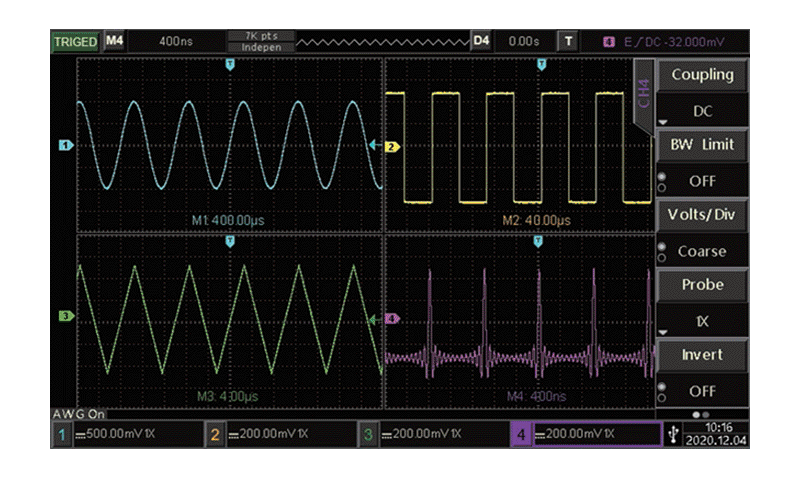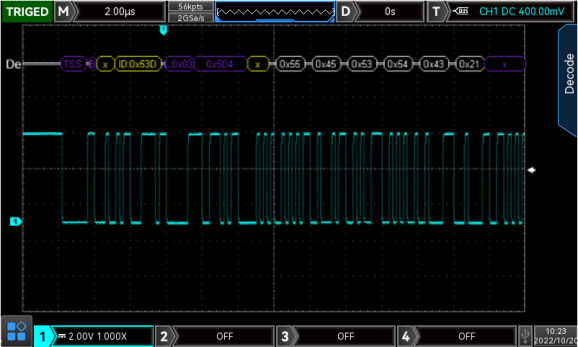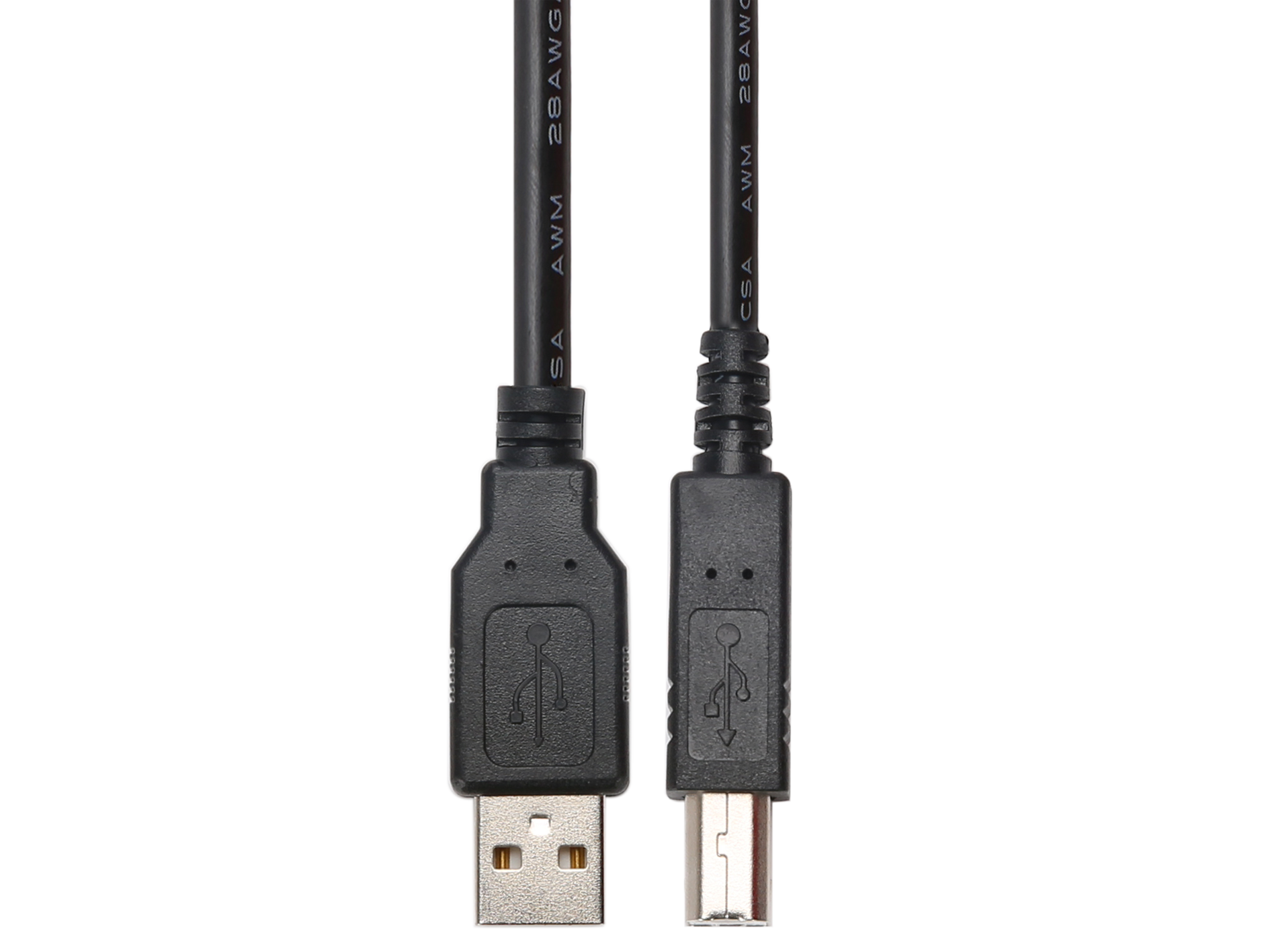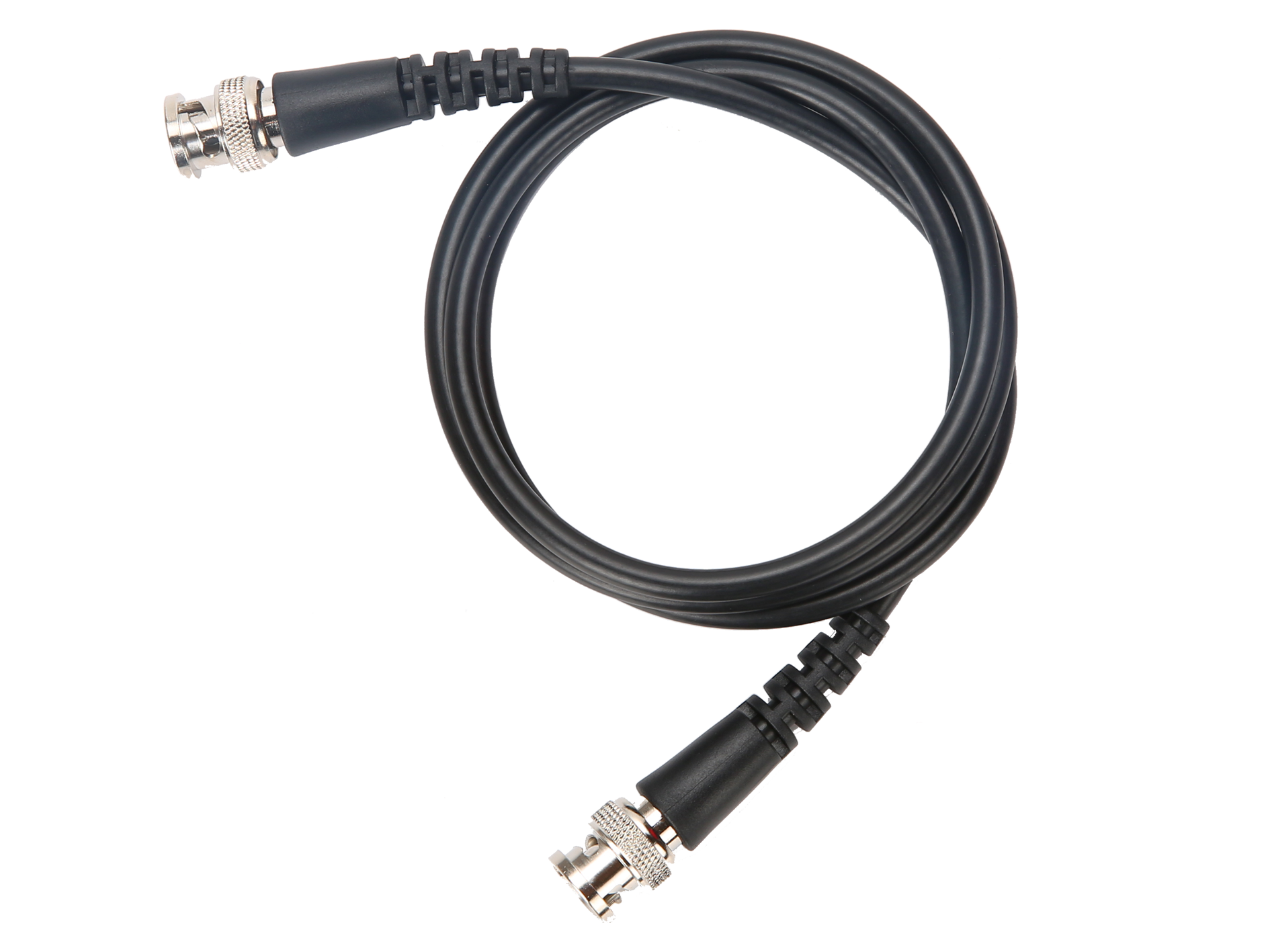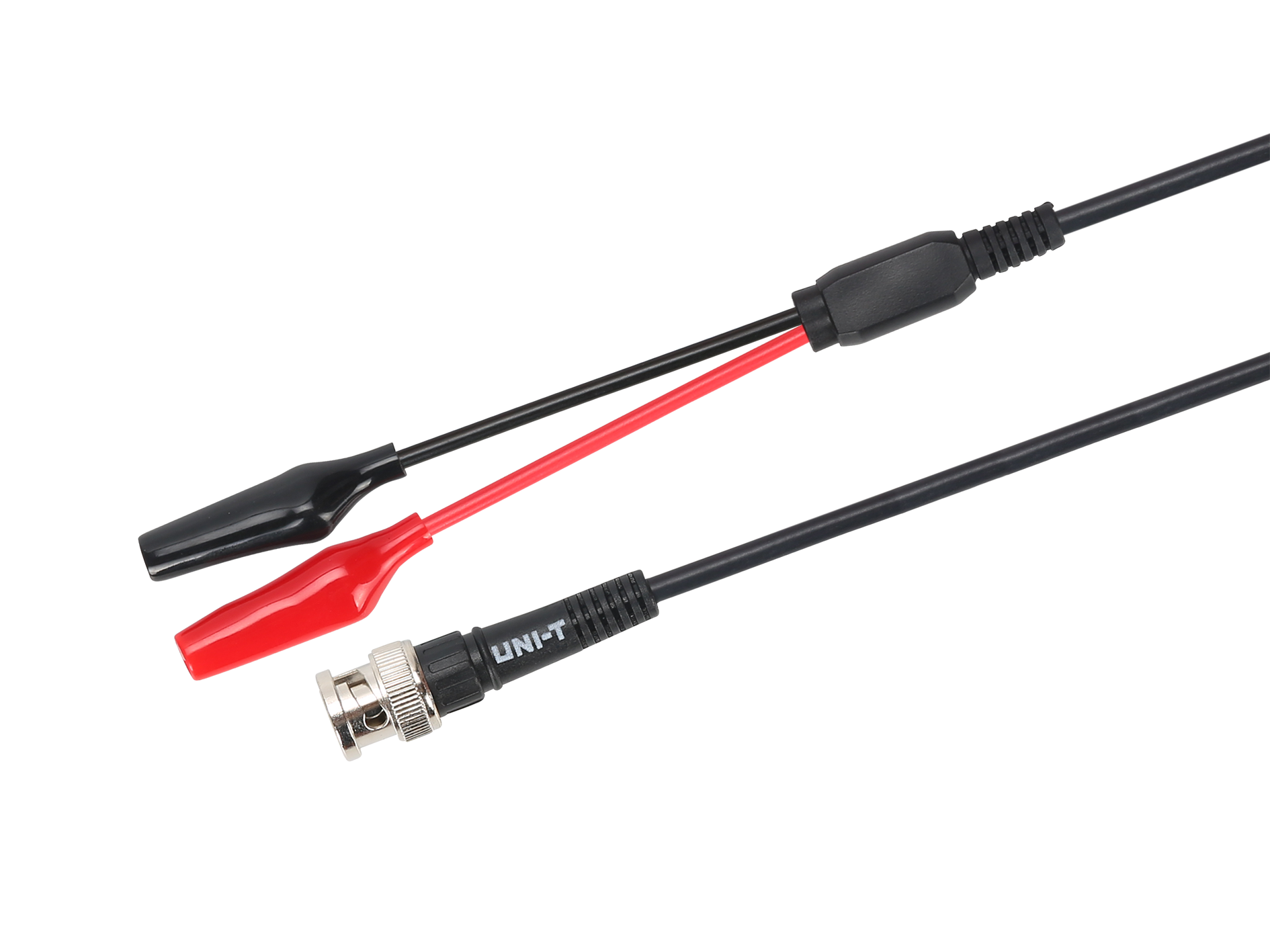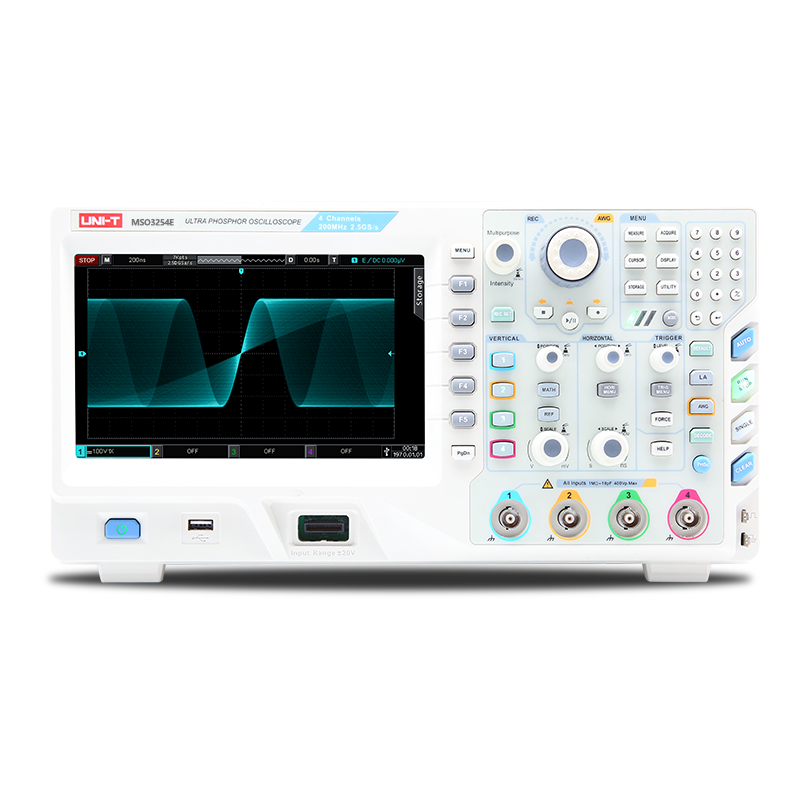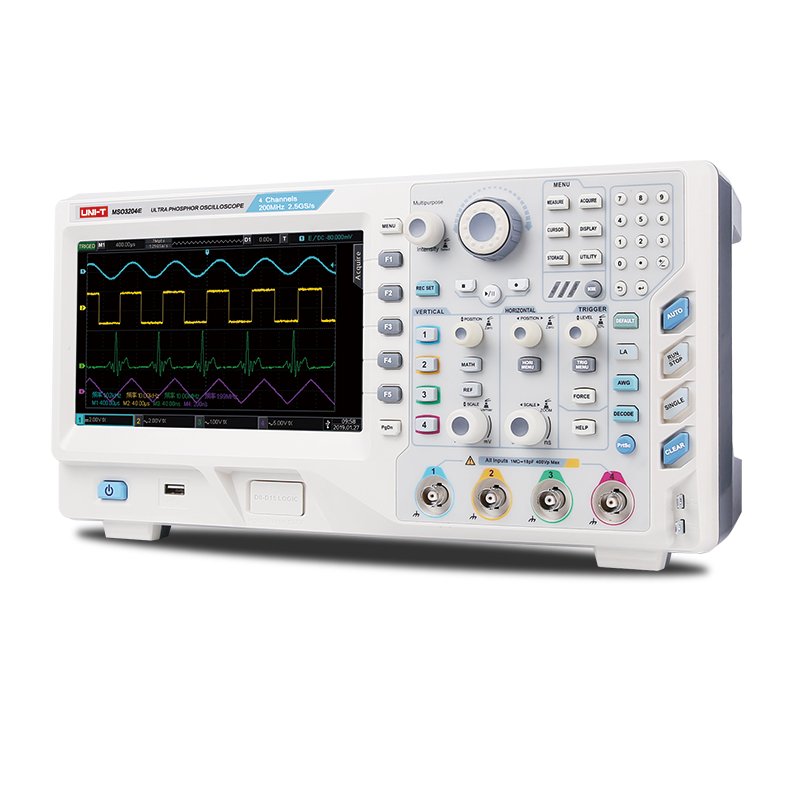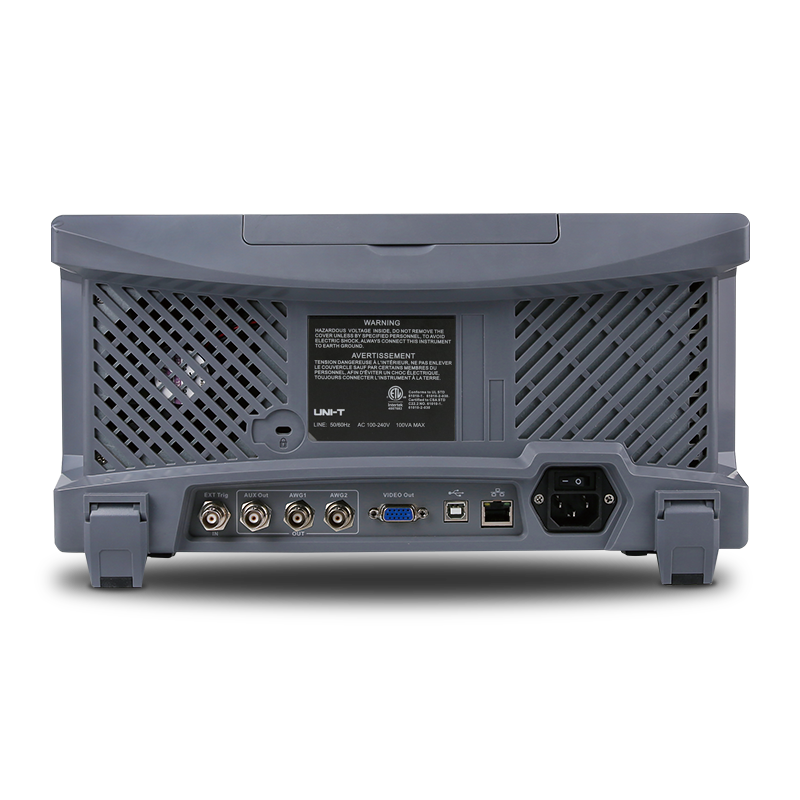MSO3254E
250MHz
4
2.5 GSa/s
70 Mpts
200,000 wfms/s
16
2CH, 50MHz Built-in Waveform generator
MSO3252E
250MHz
2
2.5 GSa/s
70 Mpts
200,000 wfms/s
16
2CH, 50MHz Built-in Waveform generator
MSO3154E
150MHz
4
2.5 GSa/s
70 Mpts
200,000 wfms/s
16
2CH, 50MHz Built-in Waveform generator
MSO3152E
150MHz
2
2.5 GSa/s
70 Mpts
200,000 wfms/s
16
2CH, 50MHz Built-in Waveform generator
MSO3254E
BANDWIDTH:250MHz
ANALOG CHANNELS:4
REAL-TIME SAMPLE RATE:2.5 GSa/s
MAX. MEMORY DEPTH:70 Mpts
WAVEFORM CAPTURE RATE:200,000 wfms/s
DIGITAL CHANNELS:16
WAVEFORM GENERATOR:2CH, 50MHz Built-in Waveform generator
MSO3252E
BANDWIDTH:250MHz
ANALOG CHANNELS:2
REAL-TIME SAMPLE RATE:2.5 GSa/s
MAX. MEMORY DEPTH:70 Mpts
WAVEFORM CAPTURE RATE:200,000 wfms/s
DIGITAL CHANNELS:16
WAVEFORM GENERATOR:2CH, 50MHz Built-in Waveform generator
MSO3154E
BANDWIDTH:150MHz
ANALOG CHANNELS:4
REAL-TIME SAMPLE RATE:2.5 GSa/s
MAX. MEMORY DEPTH:70 Mpts
WAVEFORM CAPTURE RATE:200,000 wfms/s
DIGITAL CHANNELS:16
WAVEFORM GENERATOR:2CH, 50MHz Built-in Waveform generator
MSO3152E
BANDWIDTH:150MHz
ANALOG CHANNELS:2
REAL-TIME SAMPLE RATE:2.5 GSa/s
MAX. MEMORY DEPTH:70 Mpts
WAVEFORM CAPTURE RATE:200,000 wfms/s
DIGITAL CHANNELS:16
WAVEFORM GENERATOR:2CH, 50MHz Built-in Waveform generator





